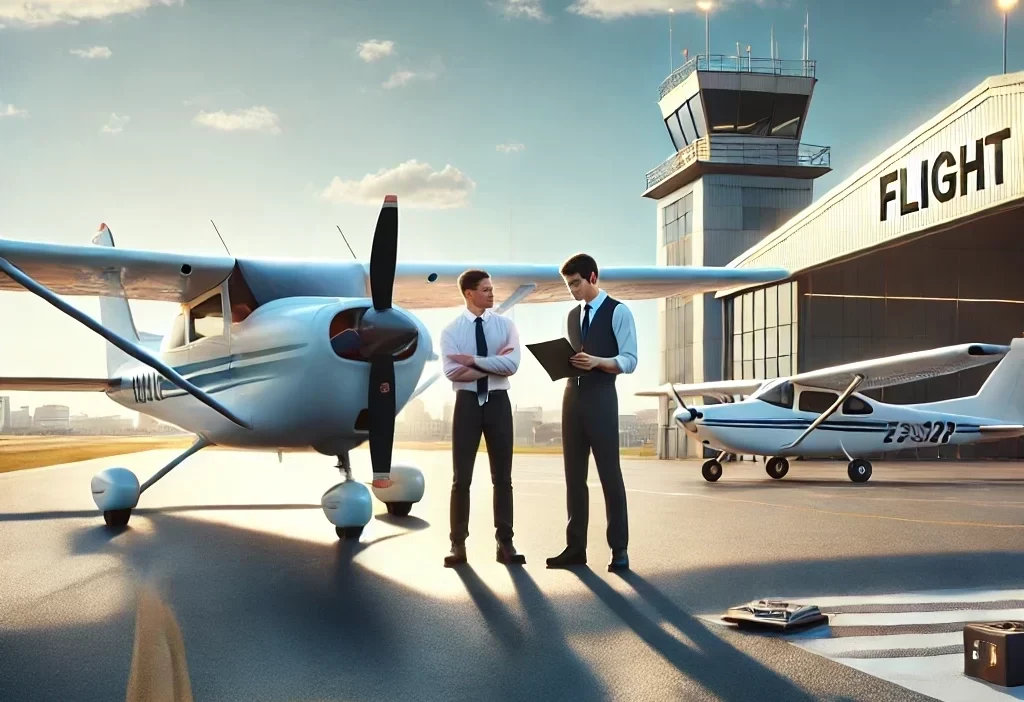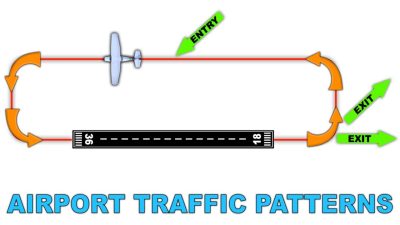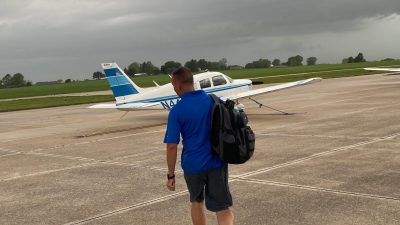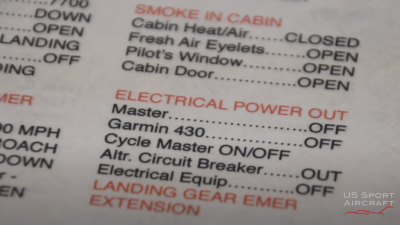If you’re thinking about learning to fly, you’ll find that most airports in the United States offer some form of flight training. This could be through a formal flight school or a freelance instructor. Flight schools typically offer more training aids, specialized facilities, and flexible scheduling. Many colleges and universities also include flight training within their curriculum for students pursuing aviation-related degrees.
When it comes to flight schools, the FAA certifies two main types: Part 141 and Part 61. Both have their advantages, and your choice will depend on your schedule, learning style, and aviation goals.
FAA Part 141 Flight Schools: FAA-Approved Flight Training with a Structured Curriculum
What is Part 141?
Part 141 flight schools are certified by the FAA and operate under strict guidelines regarding equipment, facilities, instructor qualifications, and curriculum. This certification process ensures a standardized training environment that can be especially beneficial for those looking to complete their training in a structured, accelerated manner.
Advantages of Part 141 Training
One of the key benefits of attending a Part 141 school is the reduced flight-hour requirement for certain certificates. For instance, you’ll need just 35 hours for a Private Pilot Certificate compared to the 40-hour minimum under Part 61. However, since most students reach proficiency closer to the national average of 60 to 75 hours, this reduction might not make a significant difference in the long run.
Part 141 programs are designed for those who thrive in a regimented learning environment with a set syllabus, often making them ideal for full-time students or those aiming for a career in aviation. Additionally, many Part 141 schools partner with airlines for pilot pathways and career programs that can help you land a job right after graduation.
Who Should Consider Part 141?
If you’re interested in a structured program, prefer learning in a classroom setting, or are aiming to complete training on a fast timeline, a Part 141 school may be a great fit. However, the scheduling can be less flexible, so if you have a full-time job or other major commitments, this may be a challenge.
FAA Part 61 Flight Schools: Flexible and Customizable Training for Any Schedule
What is Part 61?
Part 61 flight schools offer a more flexible approach to training and are regulated less strictly than Part 141 schools. This means Part 61 schools can create their own syllabi and training programs as long as they still meet FAA requirements for pilot certification. Many instructors work under Part 61 guidelines, making it a common choice for people who need adaptable schedules.
Benefits of Part 61 Training
The flexibility of Part 61 programs is one of their biggest advantages. If you have a full-time job, family obligations, or just need to fit flying around your own schedule, Part 61 training allows you to do so. You won’t be locked into a rigid timetable and can adjust your lessons to fit your availability, including evenings or weekends if necessary.
The customizable curriculum also means that your training can be tailored to focus on areas where you may need more time, allowing you to progress at your own pace. For those who prefer a more individualized approach, Part 61 is often ideal. Many experienced flight instructors teach under Part 61, so you’re still getting quality training—just with greater flexibility.
Who Should Consider Part 61?
If you’re balancing a career, family, or other commitments, Part 61 may be the best option for you. It’s also a good fit if you prefer a less structured training experience and want to progress at your own pace.
Comparing Part 141 and Part 61: Key Differences
| Aspect | Part 141 Flight School | Part 61 Flight School |
|---|---|---|
| FAA Oversight | High – Structured curriculum & standards | Moderate – Flexible curriculum & scheduling |
| Minimum Flight Hours | 35 hours (for Private Pilot) | 40 hours (for Private Pilot) |
| Learning Environment | Classroom-based, often group learning | One-on-one, customized approach |
| Flexibility | Less flexible, follows set schedule | Very flexible, allows for custom schedules |
| Career Pathways | Often has airline and university partnerships | Generally fewer direct pathways to airlines |
Which Path is Right for You?
Whether you choose a Part 141 or Part 61 flight school, both paths lead to the same FAA certification, and both are excellent options depending on your needs. Part 141 might be best if you’re aiming for a structured, accelerated program or plan to pursue aviation as a career. Part 61, on the other hand, offers flexibility, making it a good fit for anyone balancing a job, family, or other obligations.
In the end, the quality of your training will depend on the commitment you put into it and the expertise of your instructors. Take the time to visit local flight schools, talk to instructors, and find the best fit for your goals and lifestyle.
Ready to start your journey? Check out FlightSchoolList.com to find a flight school near you and take the first step towards becoming a pilot!




